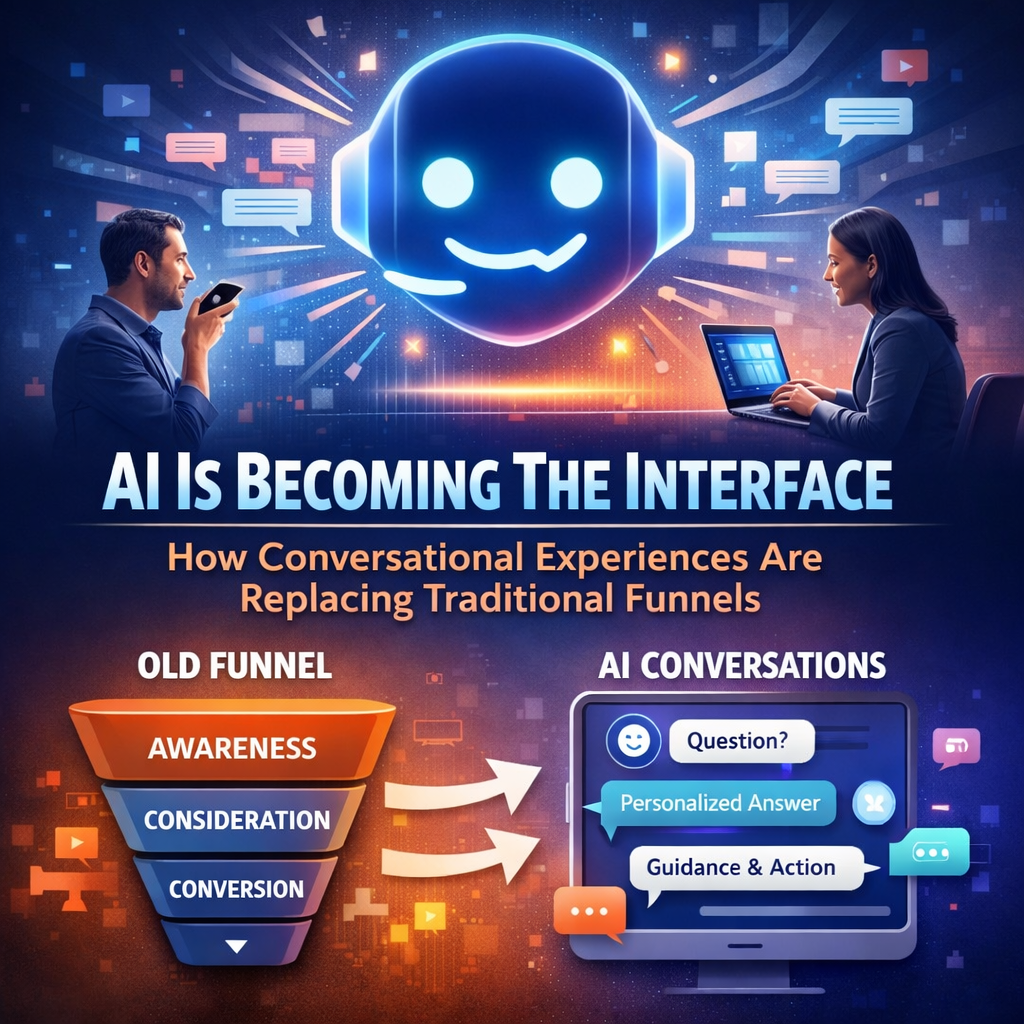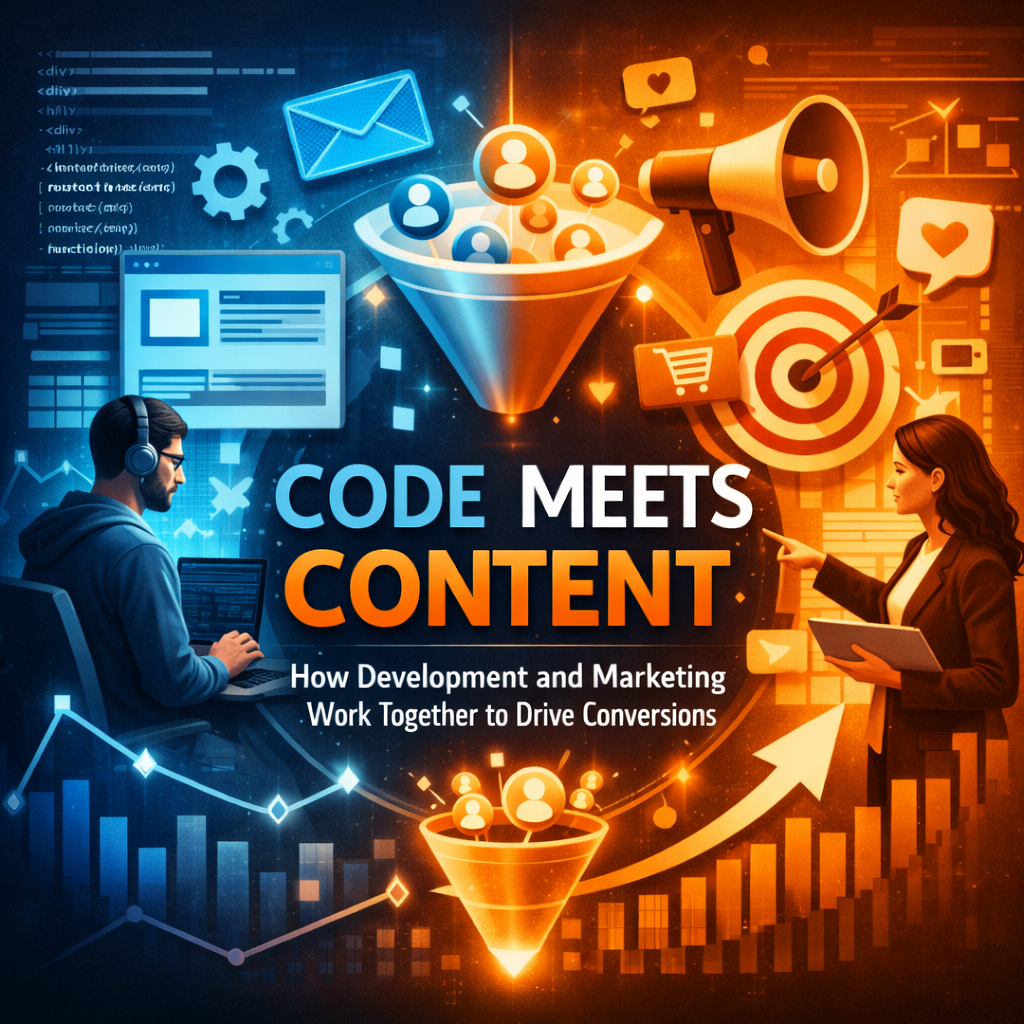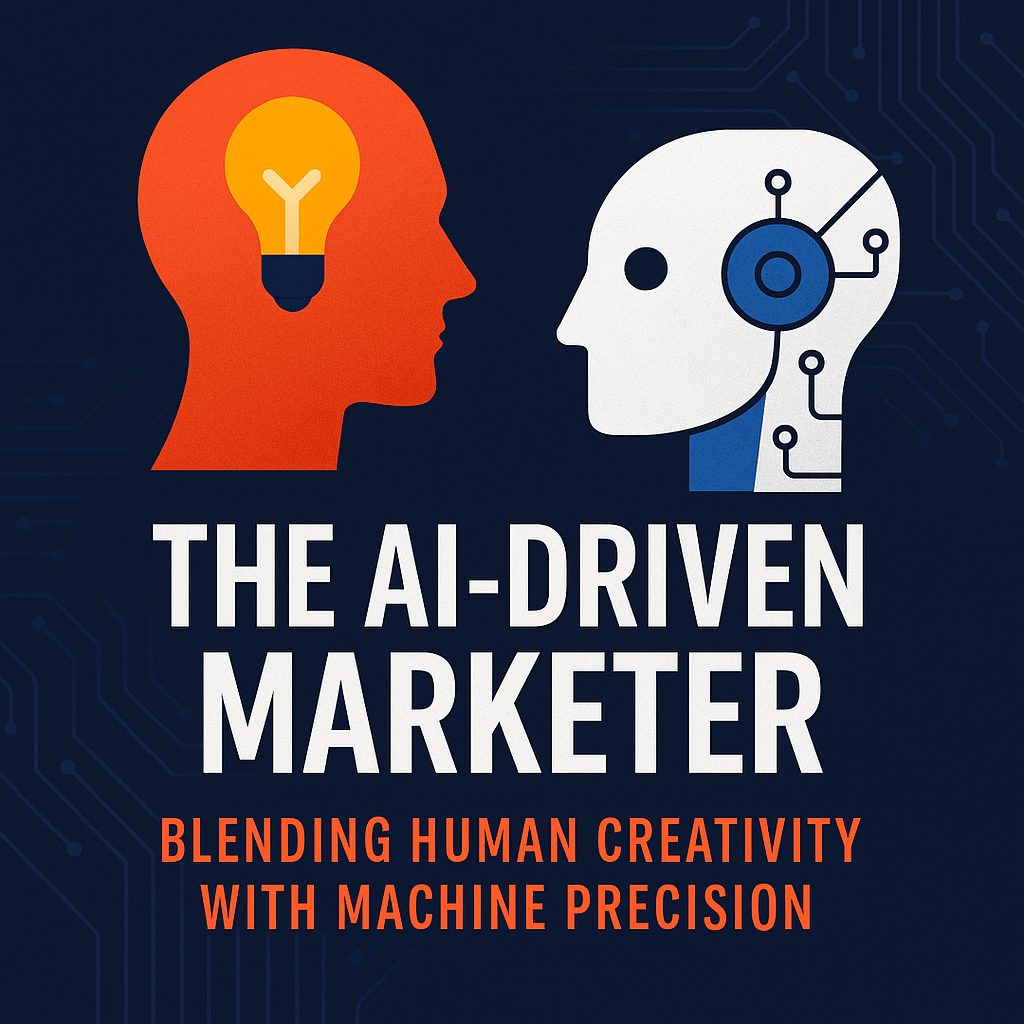Why Predictive Tech Matters (Now More Than Ever)
1.1 The Limits of Descriptive & Diagnostic Analytics
Traditionally, marketing analytics has focused on what happened (descriptive) and why it happened (diagnostic). Those retrospective insights are useful — but they leave marketers playing catch-up. Reactive adjustments, lag time, and guesswork still dominate.
Predictive analytics flips that model: instead of just understanding the past, you forecast the future — and make decisions in real time based on those forecasts.
1.2 Market Momentum & Growth
The global predictive analytics market is projected to grow from ~USD 22.22 billion in 2025 to over USD 91.92 billion by 2032, with a compound annual growth rate (CAGR) of 22.5 % Fortune Business Insights.
As marketers double down on AI and data-driven strategies, organizations are adopting predictive tools not just for pilot projects but as core infrastructure. Adobe for Business+2Deloitte+2
In marketing trend reports, predictive analytics is often listed among the non-negotiables for 2025 — e.g. WordStream calls it “become non-negotiable” for AI marketing strategies. WordStream
These data points confirm what many marketers already sense: predictive tech isn’t a futuristic experiment — it’s already shaping high-performing campaigns.
Core Components of Predictive Marketing Tech
Let’s break down the key building blocks that enable predictive marketing:
2.1 Data Collection & Integration
Predictive power starts with reliable, clean, and unified data. This means:
First-party & zero-party data: With rising privacy constraints and the decline of third-party cookies, marketers need to lean harder into first- and zero-party data sources (surveys, user opt-ins, behavioral tracking) blog.b2edata.com+2SG Analytics+2
Data infrastructure and pipelines: Tools like data lakes, data warehouses, API integrations, and ETL/ELT systems ensure all data feeds are timely and accessible.
Data governance & privacy safeguards: Compliance, anonymization, bias mitigation — these guardrails are essential to both ethical and functional predictive modeling Quantic Business School+2Medium+2
2.2 Statistical Models & Machine Learning
At the heart of predictive marketing lies the mathematical and algorithmic models:
Regression, classification, time-series modeling: These are foundational methods for forecasting metrics like conversions, churn, or revenue.
Propensity & propensity scoring: Estimate the likelihood of a user performing a target action (e.g. purchase, click, churn).
Uplift modeling (incrementality modeling): This goes a step further, modeling the incremental impact of a marketing action on a user’s behavior. Instead of merely predicting conversion propensity, uplift modeling asks: “How much did my ad move the needle?” Wikipedia
Augmented analytics / AutoML / explainable AI: These technologies automate feature engineering, model selection, and insight generation while providing interpretability to marketers. In other words — making predictive capabilities accessible without requiring data science PhDs. Wikipedia+2Medium+2
Advanced models & neural approaches: Emerging work, such as transformer-based models applied to marketing mix modeling (MMM), integrates rich embeddings and attention to better handle complex channel interactions. arXiv
2.3 Decision Engines & Activation Layers
Once predictions exist, the next step is activation: turning forecasted insights into real actions.
Real-time decisioning / streaming analytics: Trigger campaigns or adjustments based on live data events (e.g. browsing behavior, cart abandonment) Kody Technolab+2Progress.com+2
Prescriptive analytics & optimization: Generate recommendations or prescriptions — e.g. optimal budgets, next-best offers, channel mix allocations.
Closed-loop feedback systems: Metric tracking, model retraining, A/B or multi-armed bandit tests feed results back into the model, refining future predictions.
Predictive Use Cases That Are Redefining Digital Marketing
Below are key domains where predictive tech is making a measurable impact.
3.1 Lead Scoring & Conversion Forecasting
Predictive lead scoring models help sales and marketing teams prioritize leads likely to convert, enabling higher efficiency in pipeline management. Rather than manually ranking leads, models use historical behaviors, firmographics, and engagement signals to assign a score — often outperforming heuristic-based rules.
3.2 Customer Churn Prediction & Retention
By analyzing patterns in engagement decline, purchase drop-off, or negative sentiment, predictive models can flag customers at high risk of churning. Marketers can intervene with retention offers, personalized messaging, or loyalty nudges before it’s too late.
3.3 Dynamic Content & Personalization
Predictive models help determine which content, creative, or messaging is most likely to resonate with each segment (or even individual). Combined with real-time triggers, brands can serve personalized experiences — before the user even expresses explicit intent.
3.4 Demand Forecasting & Campaign Timing
Marketers can use historical trends, external signals (seasonality, macroeconomic indicators), and predictive modeling to time campaigns, allocate inventory, and anticipate spikes in interest. This is especially valuable for eCommerce, product launches, and seasonal promotions. Ironmark+3Champlain College Online+3Progress.com+3
3.5 Marketing Mix Modeling & Budget Attribution
Here’s where predictive meets strategic planning: marketing mix modeling (MMM) isolates the effectiveness of each channel — taking adstock decay, carryover effects, and cross-channel cannibalization into account. New approaches, like transformer-based MMM, are pushing the frontier between prediction and attribution. Wikipedia+1
3.6 Optimizing Ad Bids, Budgets & Media Allocation
Real-time bidding platforms can integrate predictive signals about user value, conversion probability, and lifetime value (LTV) to adjust bids dynamically. This ensures your media budget is focused where it counts most.
Benefits — and the Challenges You Can’t Ignore
4.1 Benefits & Value Drivers
| Benefit | Why It Matters |
|---|
| Improved ROI & cost efficiency | Better targeting and resource allocation minimize wasted spend. |
| Faster, more confident decision-making | Teams move from gut-based to data-backed choices. |
| Scalable personalization | You can deliver relevant experiences at 1:1 scale. |
| Proactive issue catching | Churn, campaign underperformance, or negative signals can be addressed before damage is done. |
| Competitive differentiation | Organizations that internalize predictive capabilities gain agility in volatile markets. |
4.2 Challenges & Risk Areas
Data quality and biases: Garbage in, garbage out. Biased or incomplete data can lead to faulty predictions and amplify disparities.
Model interpretability: Black-box models make buy-in harder. Explainability is essential for trust and governance.
Skill / talent gap: Many marketing teams lack the expertise to build, maintain, or scrutinize predictive models.
Overfitting and concept drift: Models trained on past data may decay over time or fail when conditions change.
Privacy, compliance, and trust: Stricter data regulation (GDPR, CCPA, etc.) demands transparent, ethical data use.
Integration and orchestration complexity: Connecting predictive outputs to activation systems and martech stacks is hard work.
Many successful marketing teams in 2025 are not trying to replace human judgment with AI — instead, they are augmenting human creativity and domain expertise with predictive insights. Progress.com
Steps to Implement Predictive Marketing in Your Strategy
Here’s a phased roadmap you can follow:
Phase 1: Strategy & Discovery
Define key outcomes / business goals — e.g. reduce churn by X %, increase LTV by Y %
Audit your data systems — assess data sources, gaps, infrastructure, integrations
Set guardrails & governance policies — ensure ethics, compliance, bias mitigation
Build cross-functional alignment (marketing, data, engineering)
Phase 2: Pilot / MVP
Select a high-leverage use case — e.g. lead scoring, churn prediction, propensity modeling
Build, train, test — use AutoML or augmented analytics where possible
Validate & interpret — check results, calibrate confidence levels, understand feature importance
Connect to activation — feed predictions into marketing systems (CRM, ad platform, personalization engine)
Phase 3: Scale & Iterate
Deploy across additional use cases — expand to segmentation, MMM, budget optimization
Create feedback loops — track model performance, user behavior, and campaign results
Update models & retrain — handle concept drift, incorporate new features
Promote internal literacy — train non-technical users in interpreting predictive dashboards
Pro Tips
Start simple — a well-tuned logistic regression or decision tree often beats an overengineered solution.
Use explainability tools (SHAP, LIME) to build trust in your predictions.
Embrace incremental rollouts and A/B testing to validate models in production.
Don’t aim for perfect accuracy — even “good-enough” models provide meaningful uplift.
Be data-agnostic: if certain signals underperform, reassess your feature set flow.
What’s Next: Trends Shaping Predictive Tech in Marketing
Looking ahead, these trajectories will further reshape how predictive marketing works:
6.1 Real-Time & Streaming Predictions
The shift is toward always-on, event-triggered decisioning — models reacting in sub-seconds to user actions. Kody Technolab+2Progress.com+2
6.2 Fusion of Generative AI + Predictive AI
Imagine AI that not only forecasts but also writes the perfect message or ad creative tailored to predicted intent. Some marketers are already exploring hybrid models combining predictive logic and generative models. Medium
6.3 Synthetic Data & Simulation
For segments or scenarios where real data is scarce (e.g. new product launch), synthetic data and simulation techniques provide training signals — helping models generalize better. Medium+2Improvado+2
6.4 Explainable AI, Trust & Governance
Demand for transparency, auditability, and fairness will push models toward explainability (XAI), and regulatory compliance will make governance a differentiator. Quantic Business School+2Medium+2
6.5 Next-Generation Model Architectures
New research (e.g. transformer-based MMM models) shows that marketing models can be richer, more context-aware, and better at modeling long-term effects and channel interactions. arXiv
6.6 Democratization & Augmented Intelligence
Predictive tools will become more embedded in marketing platforms (no-code, low-code), enabling non-technical users to generate forecasts, insights, and optimization suggestions. Medium+2SG Analytics+2
Use Case Scenario: Predictive-Driven Campaign in Action
Let’s imagine a simplified example to bring these ideas to life:
A subscription SaaS company wants to boost renewals.
They build a churn prediction model using behavioral logs (login recency, feature usage, support tickets) + demographics.
Customers flagged as “high risk of churn” receive a personalized retention offer or content via email or in-app.
In parallel, a propensity model determines which upsell products are most relevant.
Marketing mixes this with budget optimization: more ad spend is routed toward high-value segments with low churn risk.
Results (renewal lift, churn delta) feed back into the model, refining thresholds.
Over time, this system moves from reactive retention efforts to anticipatory engagement — reducing churn costs and maximizing lifetime value.
In the arms race of digital marketing, data is no longer just a competitive edge; predictive technology is the new baseline expectation. The brands that win won’t be those with the most data, but those that can transform it into predictive insights, tie it into actions, and continuously learn.
Moving from descriptive to predictive allows marketers not just to explain what happened — but to shape what happens next. The question isn’t if you’ll adopt predictive marketing — it’s when. And the sooner you begin, the more time you’ll have to refine, scale, and outperform.










